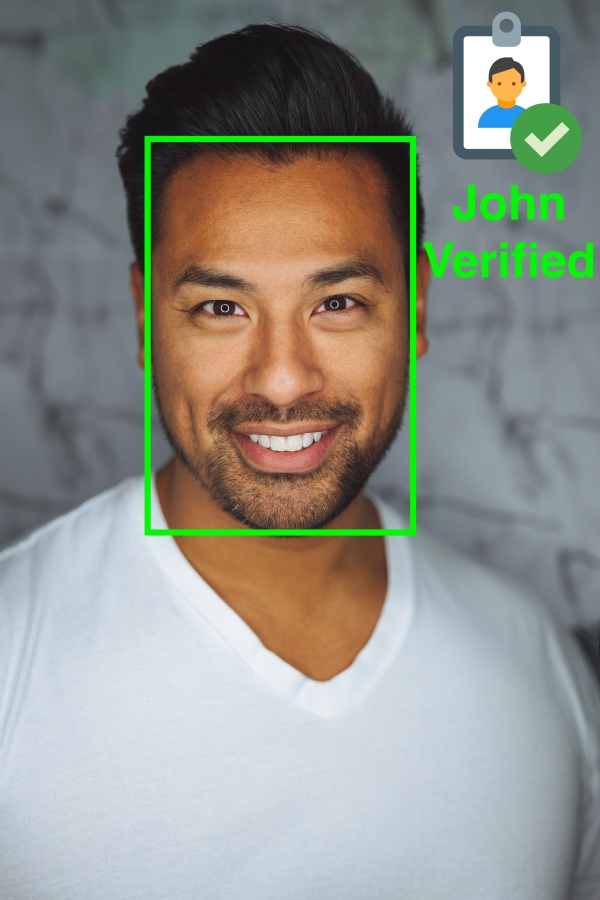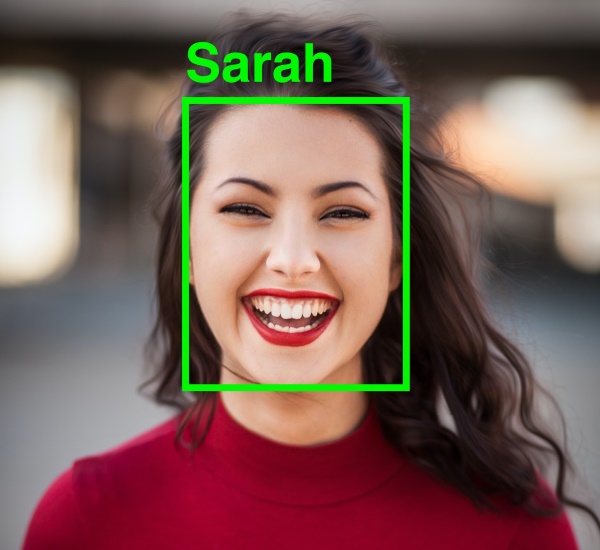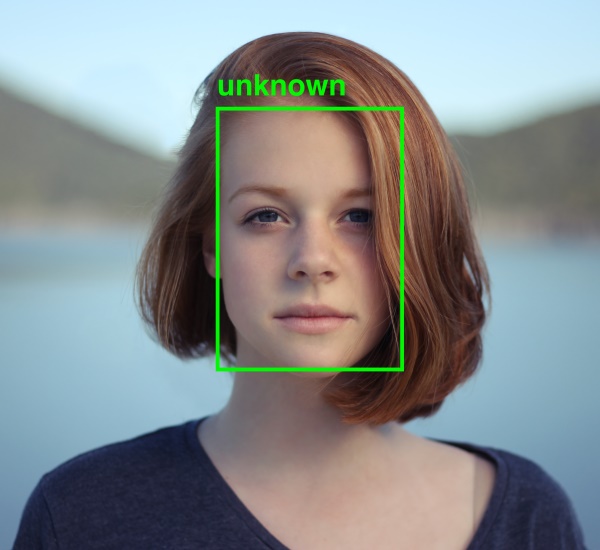Let’s demystify the science behind face recognition systems, face recognition categories, and how they work.
Face recognition systems have been used for biometric authentication, access control, class attendance, home security, content-based data retrieval, social media, and many other applications.
Apple’s Facial ID turned facial recognition into the hottest feature, however, the concept of facial recognition is not new, nor is its implementation. Using computers to recognize faces has been dated back to the 1960s.
Face recognition can be sub-categorized into ‘face verification’ and ‘face identification’.

What is Face Verification?
Face verification answers the question “is this person who he/she claims to be?”
For example, the biometric authentication on your smartphone is face verification. During registration, you can set up an authentication system to check against your face. Then, when you unlock your phone using your face, it compares this new facial feature with the one it took during the setup process. If it matches, it will unlock your phone. However, if your friend tries to use their face to unlock your phone, it will fail, because it does not match the saved facial features.


What is Face Identification?
Face Identification answers the question “who is this person?”
An example of face identification is when identification is used for class attendance. The system extracts the facial features of each student in the class and compares them against the facial features of all students saved in the database to find the best match.
Face Recognition Categories in Practice
A typical face recognition system consists of two modules:
- a face detector module, to localize the face in the image or video,
- a face recognition module.

The face recognition module further consists of feature extraction and face matching components.
Feature Extraction. A deep convolutional neural network (CNN) based feature embedding network is used to extract representational features of the face. The output of this module is a feature vector.
This feature extractor model can be either trained from scratch or transfer learning through fine-tuning pre-trained models such as AlexNet, VGG, Squeeznet, and ResNet on a new dataset.
Face Matching. Features extracted from test facial images are compared with the ones that are already saved in the database during the face registration process.
For face verification, the extracted feature is compared with one saved facial feature.
For face identification, the extracted feature is compared with multiple facial features. A classification model is often used for face identification.
Additional Components. An additional component of face recognition includes anti-spoofing, to detect whether the face is live or spoofed. Anti-spoofing is used to avoid different types of attacks on the system and is used before passing through the feature extraction network.
In this post, we looked at different face recognition categories and sub-categories, including face verification and face identification. We also explored basic components of a typical face recognition system which includes face detection, feature extraction, and face matching.

